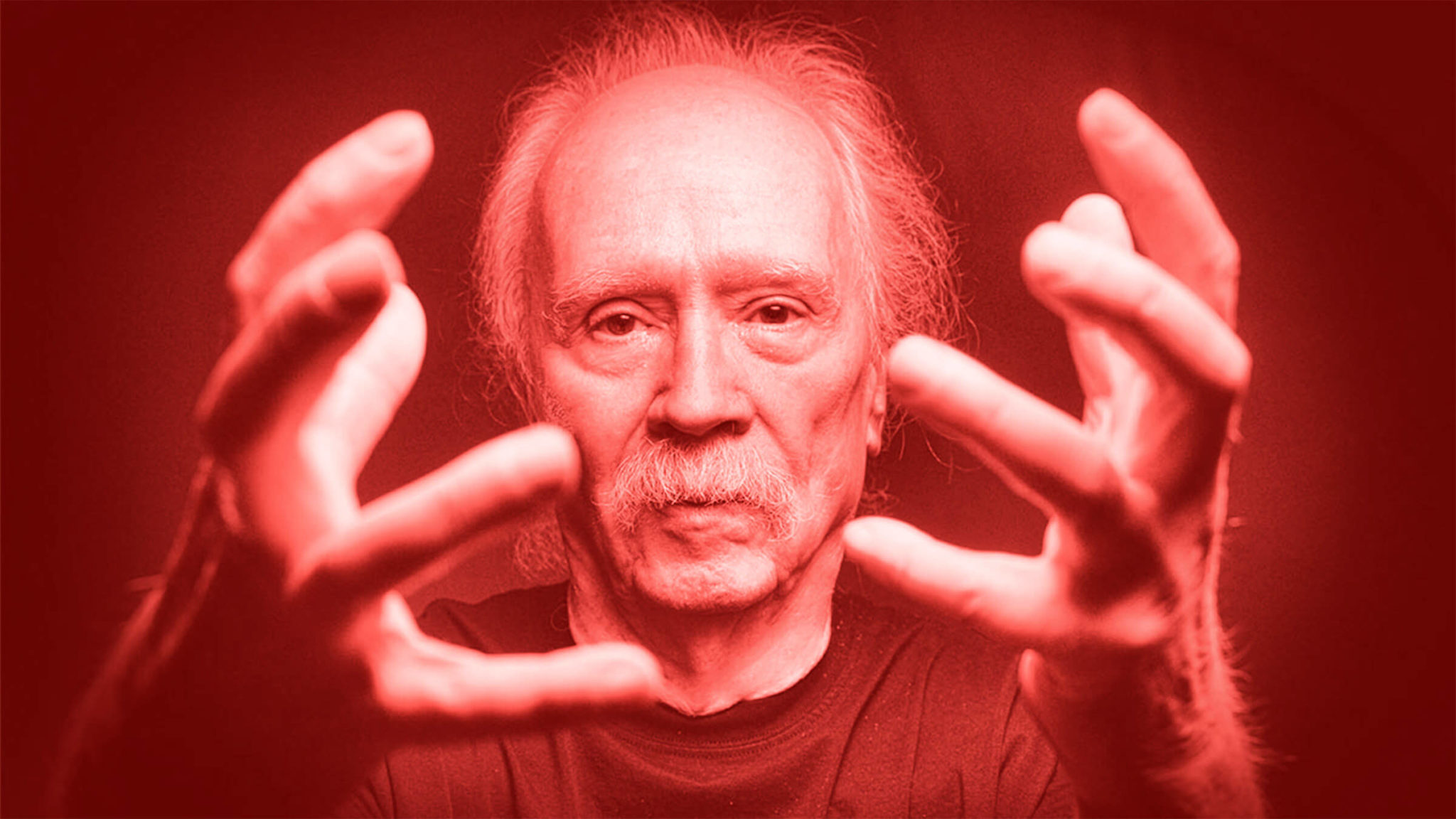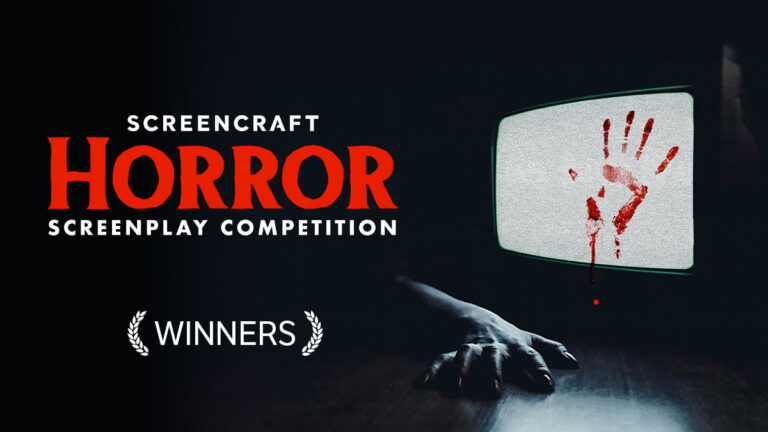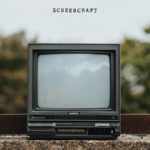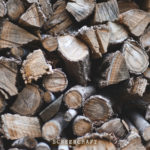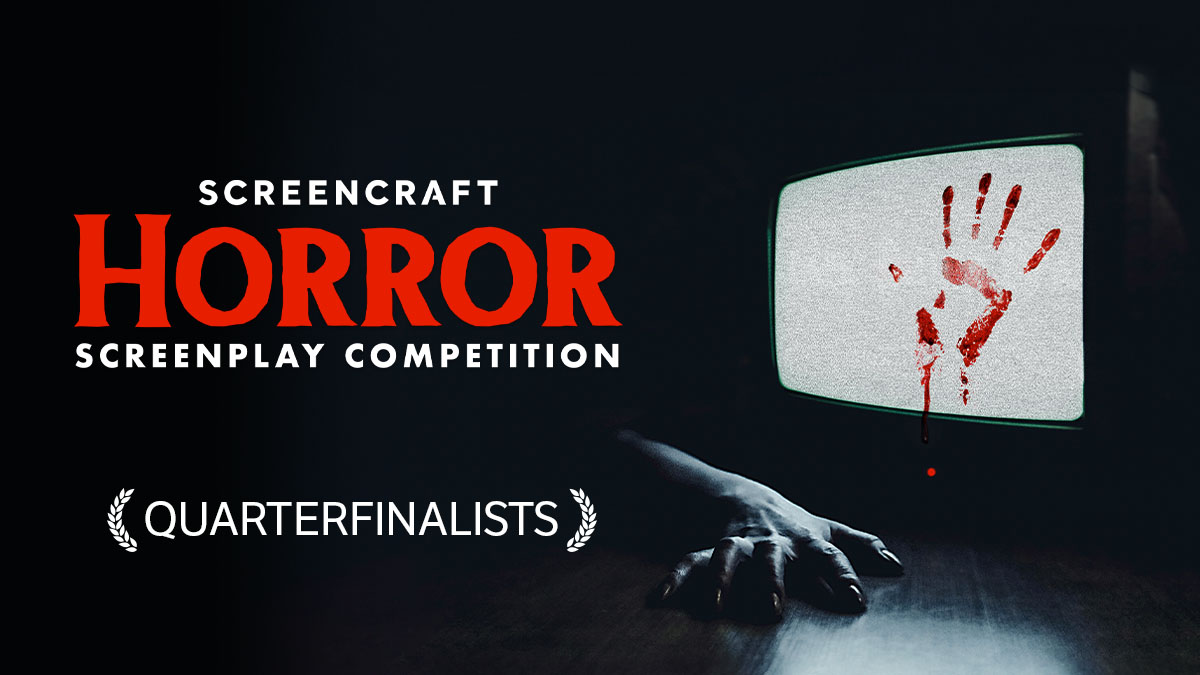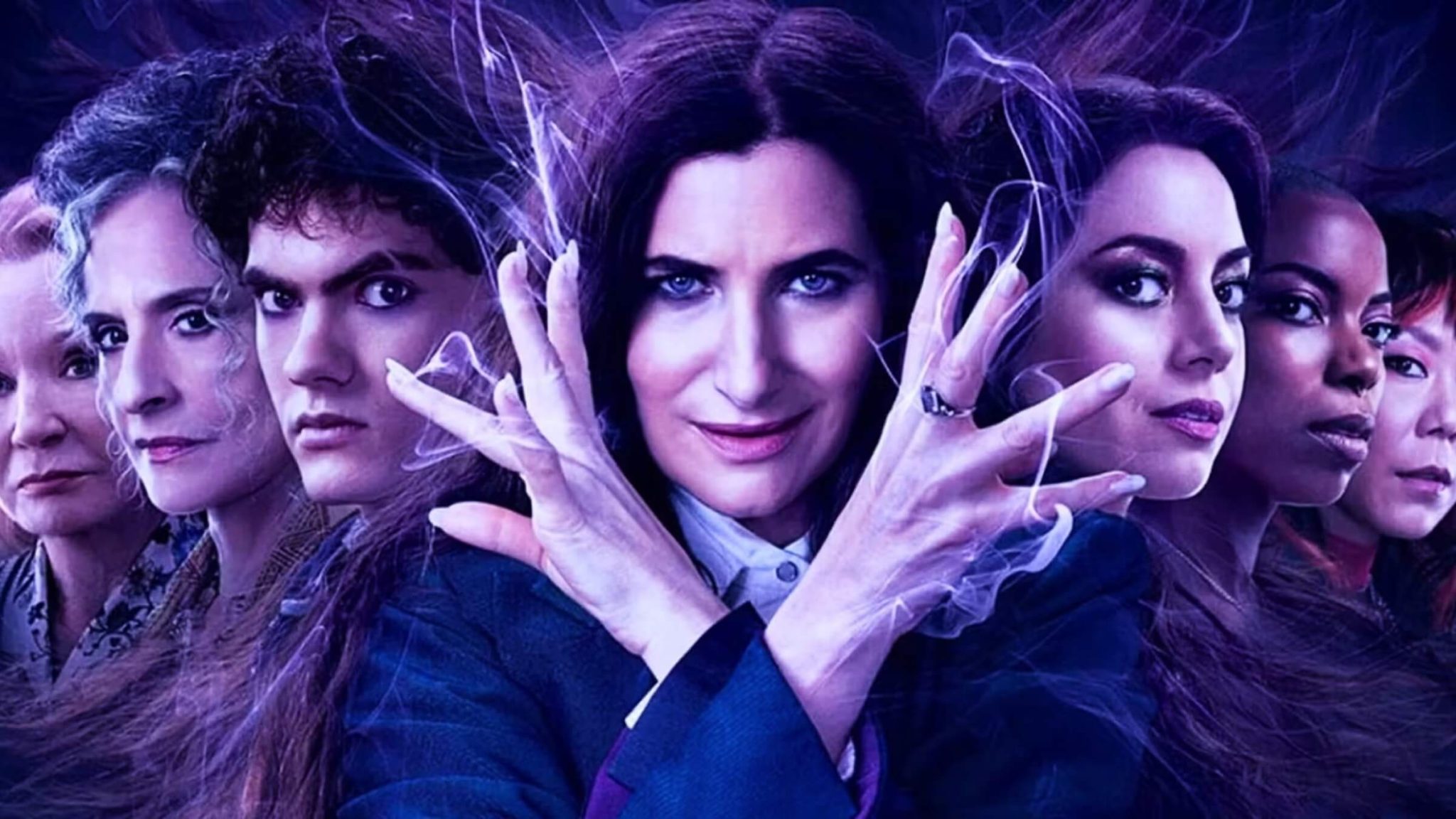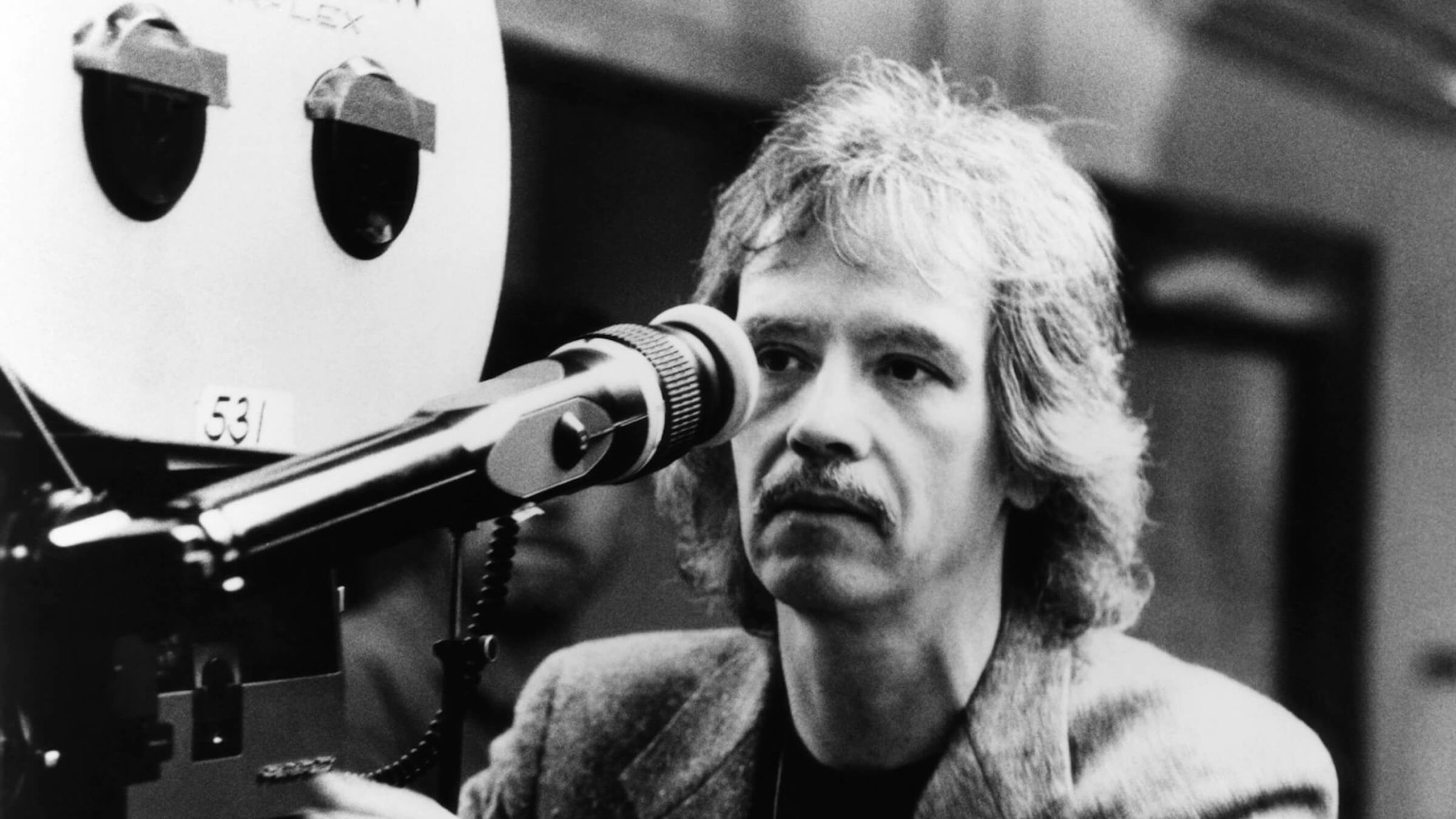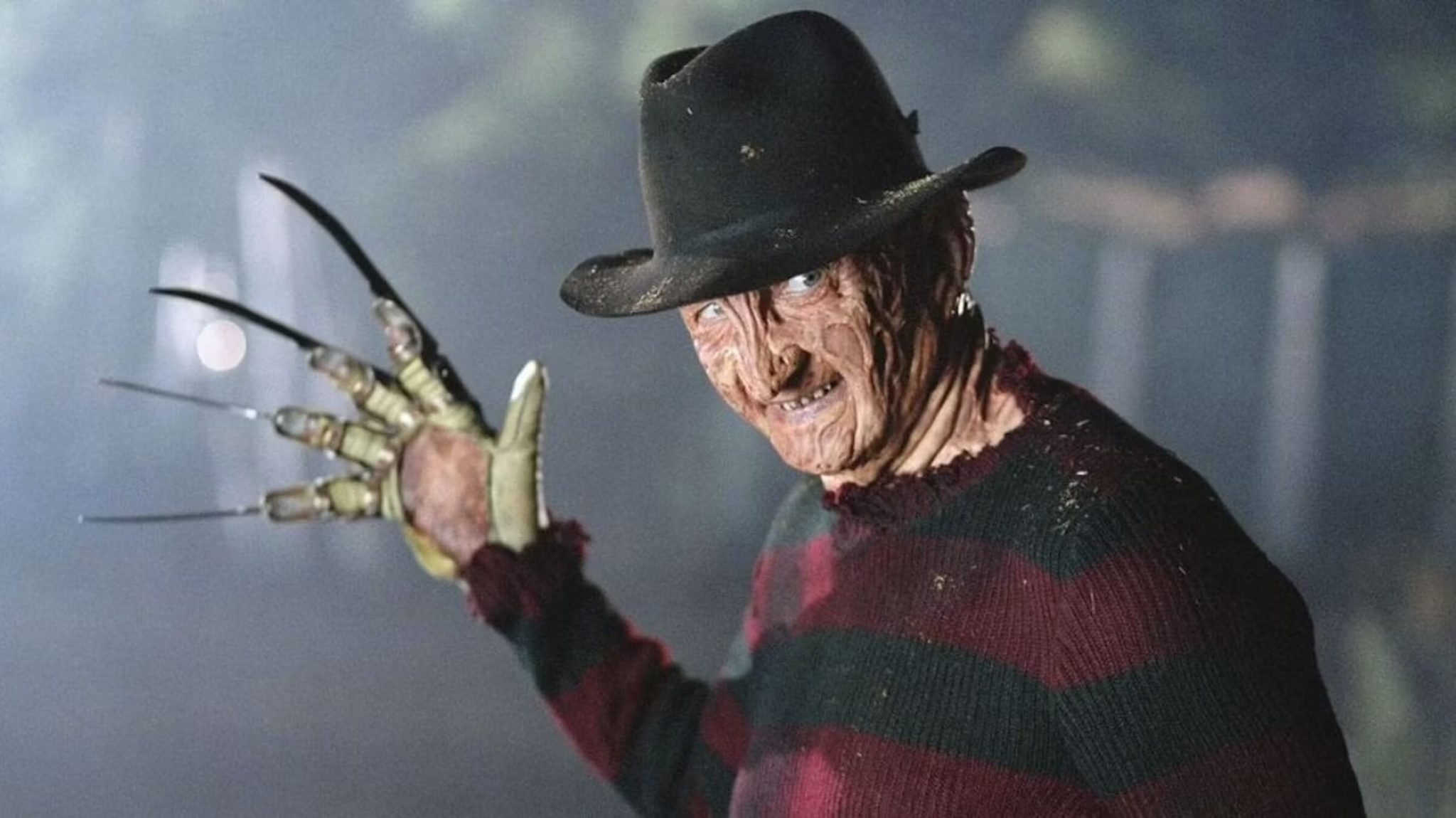Writing Your Suspense Thriller the John Carpenter Way
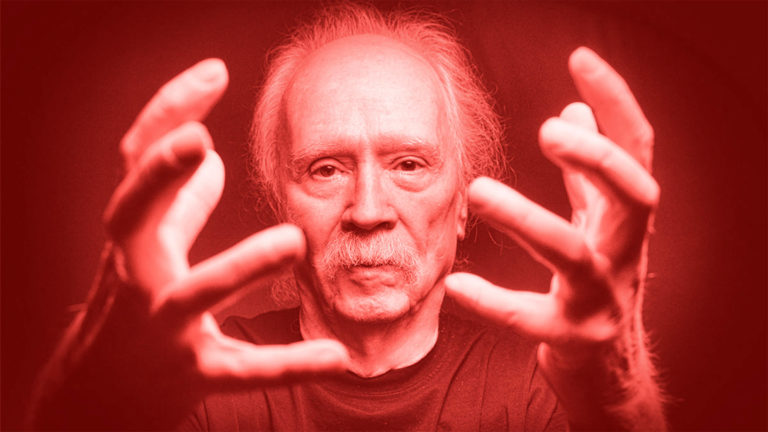
What can writer/director John Carpenter teach screenwriters about writing engaging suspense thrillers?
John Carpenter is not just known as a master of horror. He's a master of the suspense thriller. Each of his films, through the years, has showcased a true mastery of the suspense thriller genre. And he does a fantastic job of blending that genre with others for perfect hybrids.
Before we dig deeper into his craft, let's examine his career of genre-blending other genres with the suspense thriller core that he has retained throughout his whole career.
John Carpenter's Career in Suspense Thrillers
Dark Star
John Carpenter attended the University of Southern California’s School of Cinema in the 1970s. It was here where Carpenter directed the short film Dark Star, a science fiction comedy short. Carpenter would expand the short into a feature-length science fiction suspense thriller comedy in 1975, later becoming a cult hit.
Assault on Precinct 13
In 1976, he directed Assault on Precinct 13, Carpenter's urban take on the Howard Hawkes classic Rio Bravo. He blended the action genre (with hints of Western elements) with the suspense thriller.
Halloween
His major breakout film was 1978's Halloween. Produced for just $300,000, it would go on to become the most profitable independent movie of its time — launching multiple sequels.
Carpenter would go on to become one of the most prolific genre directors of all time. His horror/suspense thriller genre blends include:
- The Fog
- Christine
- Prince of Darkness
- In the Mouth of Madness
- Village of the Damned
- Vampires
- The Ward
Carpenter's genre-blending didn't stop at horror, though. He also blended his suspense thriller talents with science fiction.
- Escape from New York
- The Thing
- Starman
- They Live
- Memoirs of an Invisible Man
He also blended science fiction, horror, and suspense thrills with Ghosts of Mars. And he even went the fantasy and martial arts route by blending them with his suspense thriller mastery in the cult hit Big Trouble in Little China.
3 Ways to Write Your Suspense Thriller the John Carpenter Way
Suspense thrillers are a hot commodity in film and television. Audiences love them, so studios and networks love them as well. These types of projects are cheap to make and are a form of highly desirable content for theaters and networks. Even the Lifetime channel has made a brand out of the suspense thrillers for their television movies — which is one of the most lucrative ways for a screenwriter to break in.
Here we share three simple ways to learn from John Carpenter's approach to most of his suspense thriller movies.
Blend Genres
You've heard the term used frequently in this post.
You never want to write a conventional screenplay. Hollywood is flooded with them. So beyond creating a purely original concept — which is very difficult to come by these days — screenwriters have the ability to play with genres by blending them together.
- Horror Comedies
- Dramedies
- Sc-Fi Thrillers
- Crime Dramas
- Fantasy Comedies
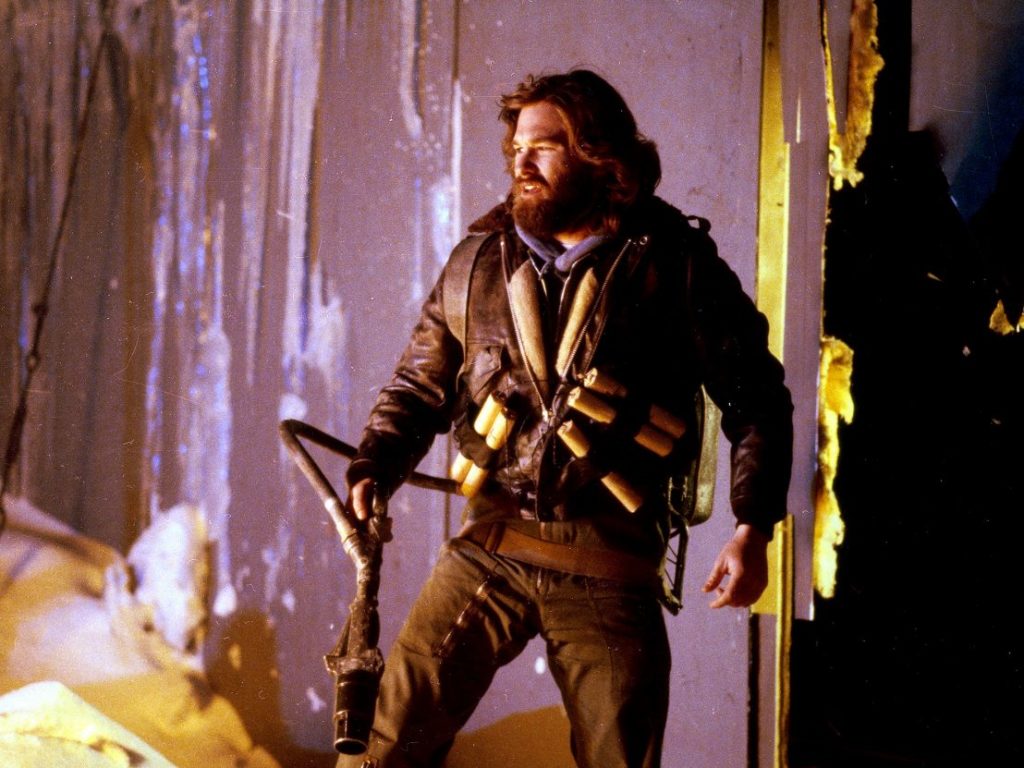
These hybrids let screenwriters separate themselves from the crowd of generic screenplays in the Hollywood spec market. You don't need to reinvent the process of storytelling with all new ingredients. You can simply combine seemingly disparate elements to create something new. And just like chocolate chip cookies with a touch of caramel, people love the taste of something new mixed with the warmth and comfort of something they love.
When you blend genres, you're also bringing in multiple audiences to the same film. Hollywood pays attention when your script showcases the ability to jump genres for a larger box office take.
John Carpenter has made a living out of this, at least in his prime years from 1978-1996. His suspense thriller genre blends have garnered a lasting following. Those that weren't outright hits at the box office have gone on the become some of the most coveted genre classics of all time.
Tone and Atmosphere
Carpenter is a master of tone and atmosphere. He accomplishes this through many crafts, including directing, scoring, and writing.
You, the screenwriter, can only utilize one of those crafts for the end product of a screenplay. You can utilize your writing skills to create the necessary tone and atmosphere for your script — starting on page one.
Case Study: The Fog
Carpenter really sets the tone in the opening of his celebrated horror suspense thriller The Fog.
He sets the tone and atmosphere of the story in perfect fashion — by telling a creepy tale in front of a campfire on a cold, dark night. The rest of the film follows this tone amidst this atmosphere until the end credits.
You create tone and atmosphere primarily through the choices you make throughout the writing process of each script.
- Scene Description
- Locations
- Pacing
- Dialogue
- Lack of Dialogue
And the world that you build will drive that tone and atmosphere as well.
Case Study: Halloween
If you look at the opening of Halloween, you instantly understand and feel the tone and atmosphere of the story.
Throw Your Characters into the Fire Quickly
John Carpenter loves to throw his characters into the fire of the conflict as quickly as possible. It's a highly effective way to engage script readers and eventual audiences in your cinematic story. It also helps deliver on the tone and atmosphere as well (see above).
Don't spend the first few pages giving us exposition, introducing your characters, or setting up plot points — you've lost us already by page 10.
Engage use. Shock us. Introduce that character briefly in their ordinary world with a couple of quick broad strokes, and then throw them into the conflict right away. Let us see how they claw their way out. And then let us discover their back story and character types through their actions and reactions to whatever conflicts they are dealing with.
That is how you engage the reader quickly. The reader needs to see five things in the opening few pages.
- An attention-grabbing moment or visual. Some call it a hook.
- The introduction of the concept
- The genre
- The protagonist
- The protagonist thrown into the conflict of the concept
If you can introduce those five elements within the opening few pages (not 10, not 15) of your spec script and offer up some true suspenseful thrills, you've hooked the reader and eventual audience.
Case Study: The Thing
A prime example is Carpenter's The Thing.
We open with a wolf being chased by a helicopter. But it's more than that. Those within the helicopter are shooting at it. Are they hunters? Is this for sport?
Within half a page, we're engaged by that question.
So, the wolf is chased to an arctic outpost. As the helicopter quickly approaches, the small group of men working at the outpost reacts to the gunshots and the sound of the helicopter.
Keep in mind that we haven't met any of these characters yet. We haven't even had a glimpse into their ordinary world. The first image we see of them is them reacting to the wolf, the helicopter, and the gunshots.
But here is where the reader of the script (and the audience of the film) is truly engaged. The men watch as the gunman exits from the helicopter as the wolf jumps helplessly towards them. The pilot follows, ready to throw a grenade towards the wolf. The grenade slips from his hands. The gunman runs away as the helicopter (and pilot) explodes.
The gunman pleads to the men in another language until he points and shoots towards the wolf, hitting one of the men in the leg. The authority figure within the outpost building has been watching from inside. Upon the shooting one of his peers, he breaks the glass and fires his sidearm, killing the gunman.
Within just a few pages, we've been:
- Given a compelling hook
- Introduced to at least part of the concept (a mysterious wolf is introduced into a secluded arctic outpost)
- Shown that the genre is, at least, a suspense thriller
- Introduced to the protagonists
- Thrown into the conflict of the concept
Case Study: Prince of Darkness
In the Prince of Darkness, this is handled more subtly. Not every screenplay needs to start with action and death. But you can still toss the character(s) into the concept as quickly as possible.
Carpenter throws the characters (and us) into the concept. And he does it brilliantly by using visuals over dialogue.
- We see that an old priest has died.
- We learn through brief dialogue that there's a mystery afoot.
- We see another priest delving into that mystery.
- We see a group of graduate students on campus.
- We see a professor noticing strange things.
And as we go further into the opening, we watch as this cast of characters deals with the mystery of the conflict to come within just a few minutes.
It's a highly effective way to engage the script reader and audience. And the wonderful element of this example is that it also introduces the tone and atmosphere of the script so well.
Check out some of John Carpenter's classics. I highly recommend:
- Halloween
- The Fog
- Escape from New York
- The Thing
- Christine
- Prince of Darkness
- Big Trouble in Little China
- In the Mouth of Madness
These are all perfect examples of blending genres with the suspense thriller genre, creating tone and atmosphere, and throwing characters into the conflict of the concept as early as possible, allowing us to discover the characters through their actions and reactions.
Ken Miyamoto has worked in the film industry for nearly two decades, most notably as a studio liaison for Sony Studios and then as a script reader and story analyst for Sony Pictures.
He has many studio meetings under his belt as a produced screenwriter, meeting with the likes of Sony, Dreamworks, Universal, Disney, Warner Brothers, as well as many production and management companies. He has had a previous development deal with Lionsgate, as well as multiple writing assignments, including the produced miniseries Blackout, starring Anne Heche, Sean Patrick Flanery, Billy Zane, James Brolin, Haylie Duff, Brian Bloom, Eric La Salle, and Bruce Boxleitner, and the feature thriller Hunter’s Creed starring Duane “Dog the Bounty Hunter” Chapman, Wesley Truman Daniel, Mickey O’Sullivan, John Victor Allen, and James Errico. Follow Ken on Twitter @KenMovies
For all the latest ScreenCraft news and updates, follow us on Twitter, Facebook, and Instagram.
Get Our Screenwriting Newsletter!
Get weekly writing inspiration delivered to your inbox - including industry news, popular articles, and more!



